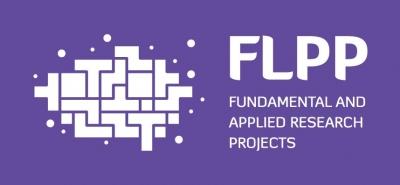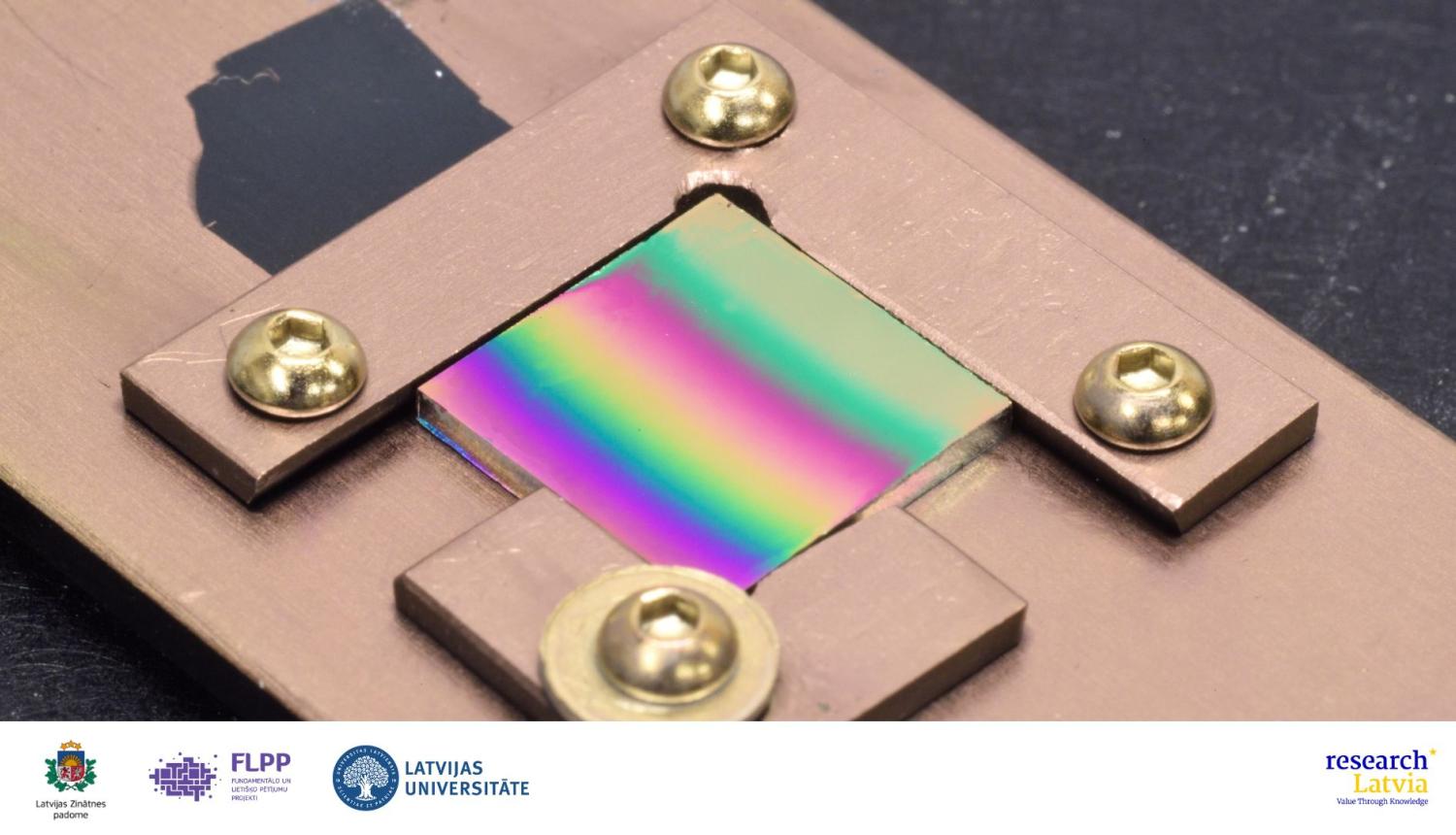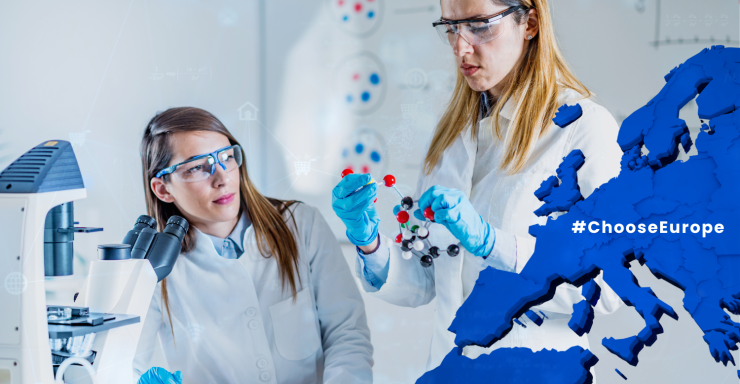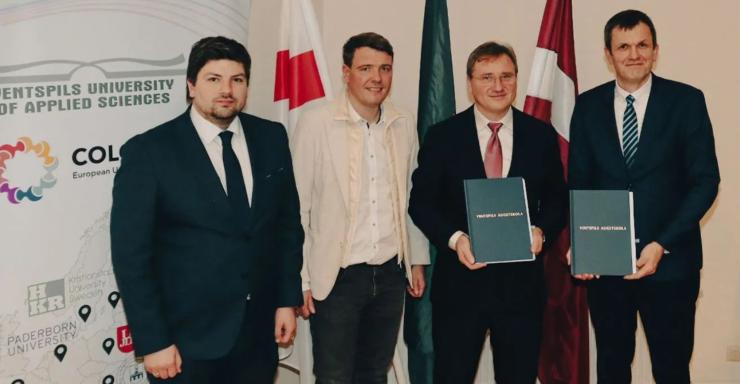In Brief: How Can Gold Nanoparticles Detect Substances?
- Innovative Sensor Technology. Scientists at the University of Latvia have developed new sensor substrates that use localized surface plasmon resonance to detect the presence of substances by altering light scattering properties.
- Measurements Possible Even with a Smartphone. Thanks to the unique arrangement of nanoparticles, measurements can be performed not only with expensive spectrometers but also with a regular camera, significantly reducing technology costs.
- Potential for Medicine and Environmental Monitoring. The developed sensors can detect Vascular Endothelial Growth Factor, an important biomarker for diseases such as cancer and cardiovascular conditions. They can also be used to monitor water and air quality.
- A New Method for Precise Nanoparticle Arrangement. Researchers have designed porous anodized aluminum oxide substrates, allowing gold nanoparticles to be densely arranged without clumping, improving sensor sensitivity and reliability.
- Impact on Science and Industry. This research lays the foundation for new technologies in diagnostics, industry, and environmental science, while also fostering international collaboration and knowledge transfer
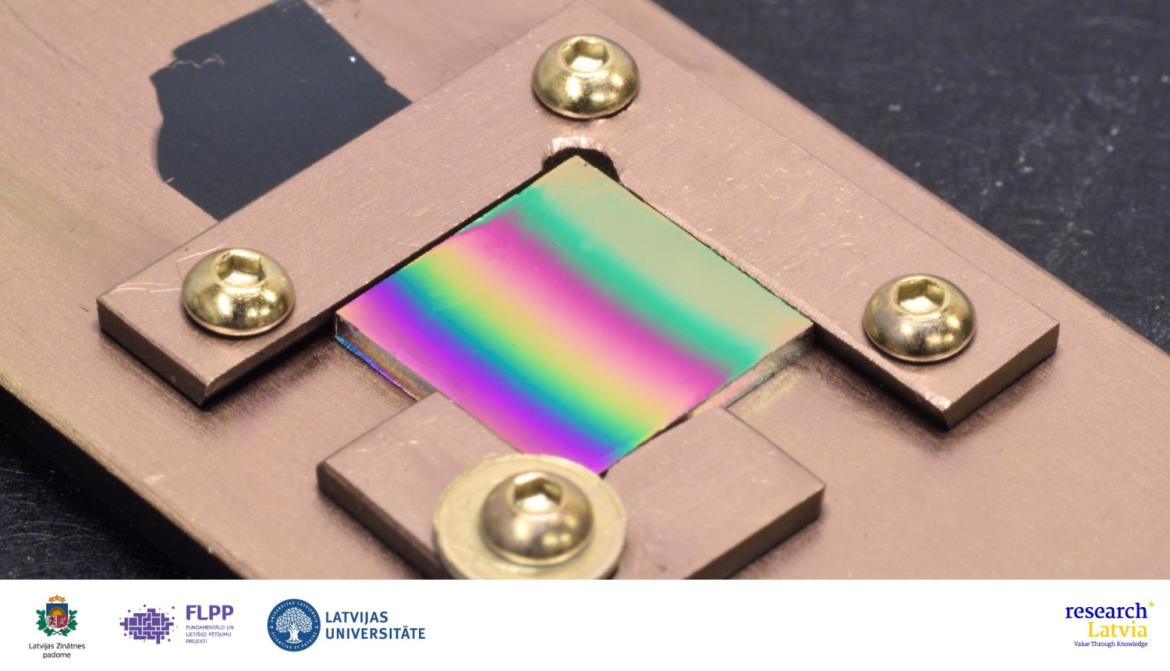
Today, it seems that technology can measure almost anything, as long as the right device is available. But how can we measure and observe something as tiny as nanostructures—objects larger than molecules but smaller than microscopic details? It's often assumed that nanostructures are too small to be observed, even under a microscope. However, this isn't entirely accurate. For example, gold nanoparticles can strongly interact with light, producing effects that appear as bright, shimmering dots under a microscope, resembling stars in a telescope. This light can even be captured using relatively simple cameras. The shimmering effect arises from charge density waves, which operate similarly to sound waves in a wind instrument, with the sound changing based on the instrument's size, shape, and surrounding medium. Imagine playing a trumpet underwater!
This unique optical phenomenon is called localized surface plasmon resonance (LSPR), caused by oscillations of free electrons in metal nanostructures. LSPR resonance is closely tied to the size and shape of the nanostructure, as well as interactions with its environment and nearby nanostructures, which determine its light-scattering properties.
Innovative Sensors from Gold Nanoparticles
Researchers at the University of Latvia, as part of the Latvian Science Council funded Fundamental and Applied Research program project titled “Nanostructured multilayer hybrid coatings for interferometric and optoelectronic sensors,” developed sensor substrates composed of vast quantities of gold nanoparticles. These nanoparticles interact with each other to enhance the LSPR effect, changing color in response to environmental changes and signaling the presence of specific substances.
Measuring the Shimmer of Nanoparticles
Previously, these light waves could be measured with a spectrometer, but such equipment is expensive. Additionally, arranging gold nanoparticles in precise formations to ensure accurate measurements posed significant challenges. The researchers developed a method to arrange gold nanoparticles at high density without aggregation, which would otherwise disrupt the LSPR optical properties.
Their approach began with an automated technology to create porous anodized aluminum oxide (PAAO) coatings, onto which the nanoparticles were evenly deposited. The resulting aluminum-PAAO-gold multilayer "sandwich" structure served as the active surface for the sensors. Each step of the process was meticulously tested to ensure the sensors' accuracy and reliability. Several sensor prototypes were developed and tested in laboratories.
By varying parameters such as nanoparticle size and placement, the researchers optimized the sensors' sensitivity. The improvements were so significant that color changes could be detected with the naked eye.
An image captured with a scanning electron microscope (SEM) of gold nanoparticles on a PAAO surface illustrates their precise arrangement and high density.
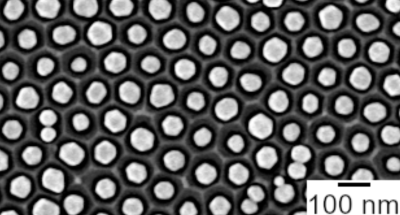
Sensitivity and Applications
The sensors demonstrated their ability to detect minute changes in the surrounding medium. For instance, they successfully detected very low concentrations of vascular endothelial growth factor (VEGF), a protein crucial for medical diagnostics. VEGF plays a key role in physiological processes like embryonic development, wound healing, and muscle growth or regeneration. Its overproduction or deficiency can indicate various diseases, including cancer, eye disorders, or cardiovascular conditions. These sensors represent a groundbreaking innovation, potentially saving resources and improving processes in diagnostics and environmental monitoring.
Why Are Such Sensors Important?
This development is a significant step toward sensors capable of detecting substances in natural environments. Such sensors could have applications in medicine for faster disease detection, as well as in monitoring water and air purity. In industry, these sensors could help control manufacturing processes, such as food production and storage.
One of the biggest challenges was integrating the system for measurements in liquids—a critical requirement for detecting substances in medical diagnostics. Obtaining statistically significant data for testing sensor prototypes required weeks of experiments. Many tests were unsuccessful, and measurements often needed to be repeated to ensure accuracy. However, the resulting sensors are sensitive enough to detect the presence of even small amounts of a substance.
The Evolution of Nanoparticle-Based Sensors
The concept of using light scattered by nanoparticles isn't new, and the principles of LSPR-based sensors are well-established. Early efforts to create nanoparticles often relied on mask lithography techniques (a stencil through which a layer of gold with the correct structure and pattern is applied to the surface), but this approach proved time-consuming, complex, and difficult to reproduce. Experiments with capillary force-driven nanoparticle deposition on PAAO surfaces provided an alternative. This simpler and more efficient method allowed for practical sensor substrate development, avoiding the complexities of lithography and enabling cost-effective, adaptable solutions for LSPR-based sensors.
The sensor substrates developed in this project scattered light with such intensity that detection was possible even with a smartphone camera. Furthermore, by customizing the thickness of the PAAO layer, the sensors no longer required a spectrometer to function. This technology has been patented by the research team.
Collaboration Leads to Innovation
An impressive team of scientists and students from physics, chemistry, and biology collaborated on this project, fostering knowledge transfer between experienced researchers and young scientists. Students involved in the project also developed their bachelor’s and master’s theses. IT students made particularly valuable contributions by creating solutions for automating experiments.
In the short term, the project primarily benefited students, allowing them to combine studies with professional work in their chosen scientific fields. The hands-on experience significantly advanced their careers—many now pursue higher education or work in commercial enterprises.
The project contributed meaningfully to scientific progress and knowledge transfer, offering new technologies and elevating the competence of participating researchers. Scientific publications and presentations at international conferences ensure these findings are accessible to the global scientific community. In the long term, the project’s results should be viewed in the broader context of advancing knowledge and technology.
Future Applications
The project’s contributions extend to developing new diagnostic methods in medicine and environmental pollution monitoring, expanding the technology's practical applications:
-
Medicine: These sensors could be used for diagnostics, such as detecting cancer or cardiovascular diseases.
-
Environment: Sensors could identify pollution in water or air.
-
Industry: They could monitor manufacturing processes to ensure product compliance with standards.
The results and international collaborations with partners from Lithuania, Poland, and France provide a foundation for future joint research projects, strengthening scientific cooperation and innovation globally.
Nanoparticle technology not only offers practical solutions but also inspires greater understanding of the surrounding world. The work of scientists is inherently creative, requiring unconventional solutions that advance fields like medicine, environmental protection, and business. The development of sensor substrates is just the beginning; future efforts will focus on surface functionalization to broaden the range of detectable substances.
Project Details: “Nanostructured multilayer hybrid coatings for interferometric and optoelectronic sensors” (lzp-2020/1-0200) is part of the Fundamental and Applied Research (FLPP) program, funded by the Latvian Council of Science.
